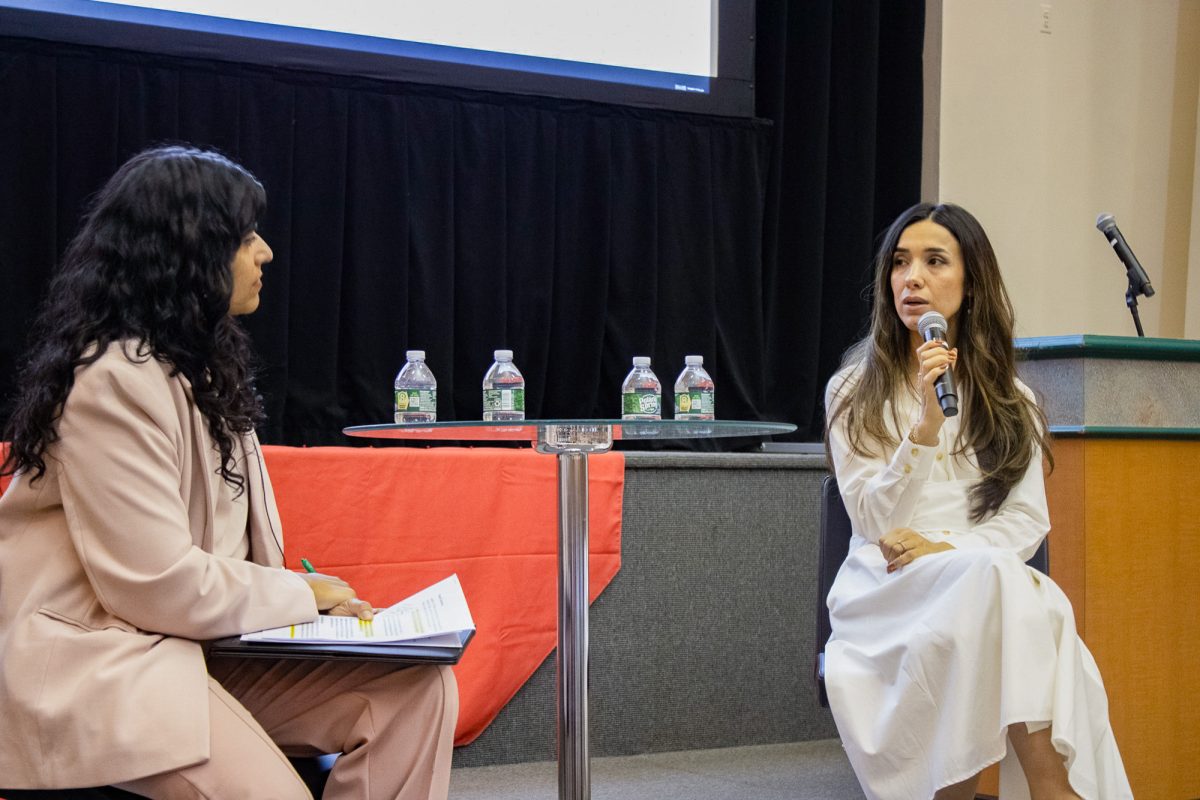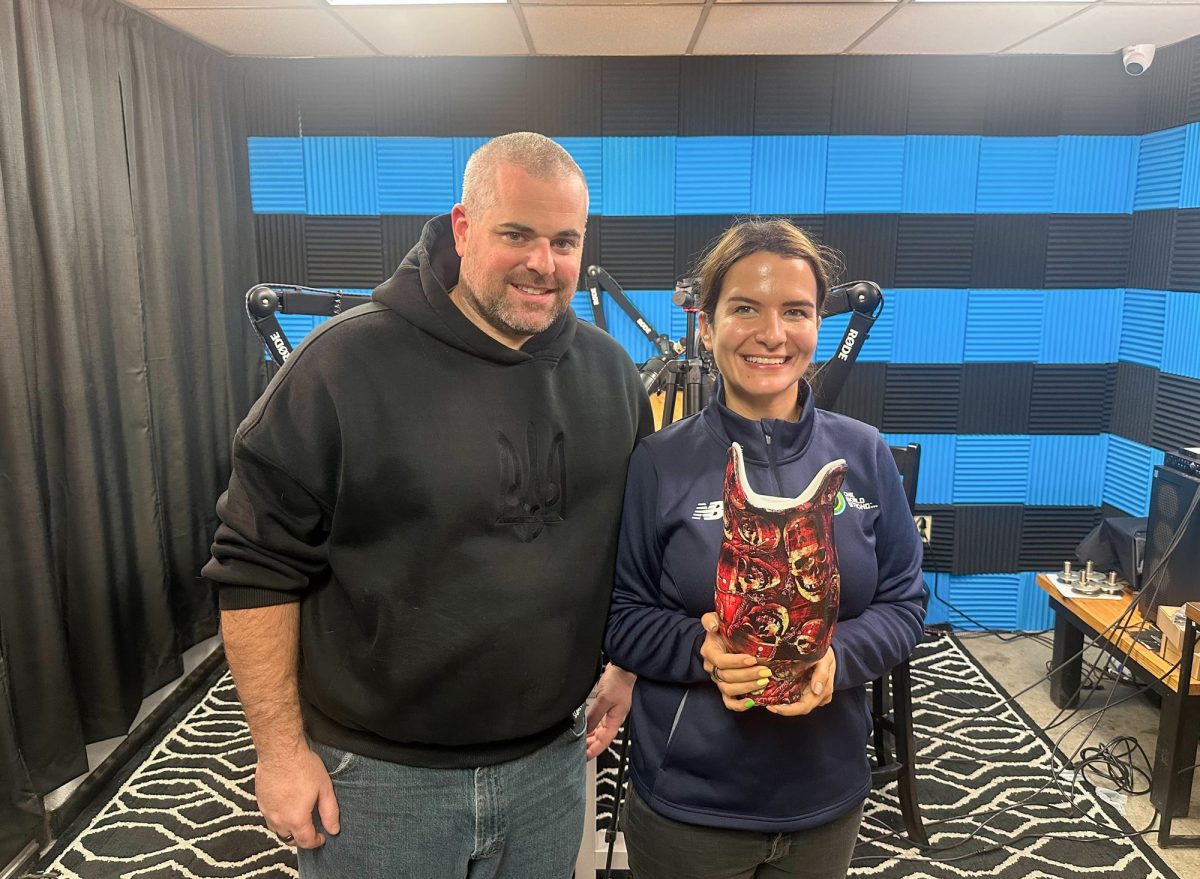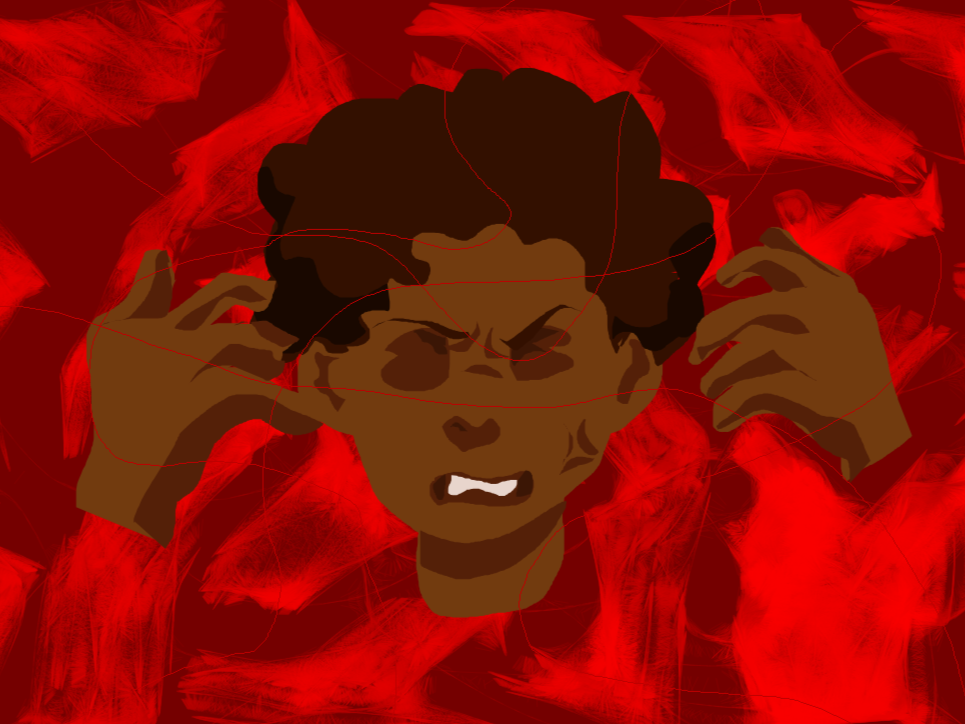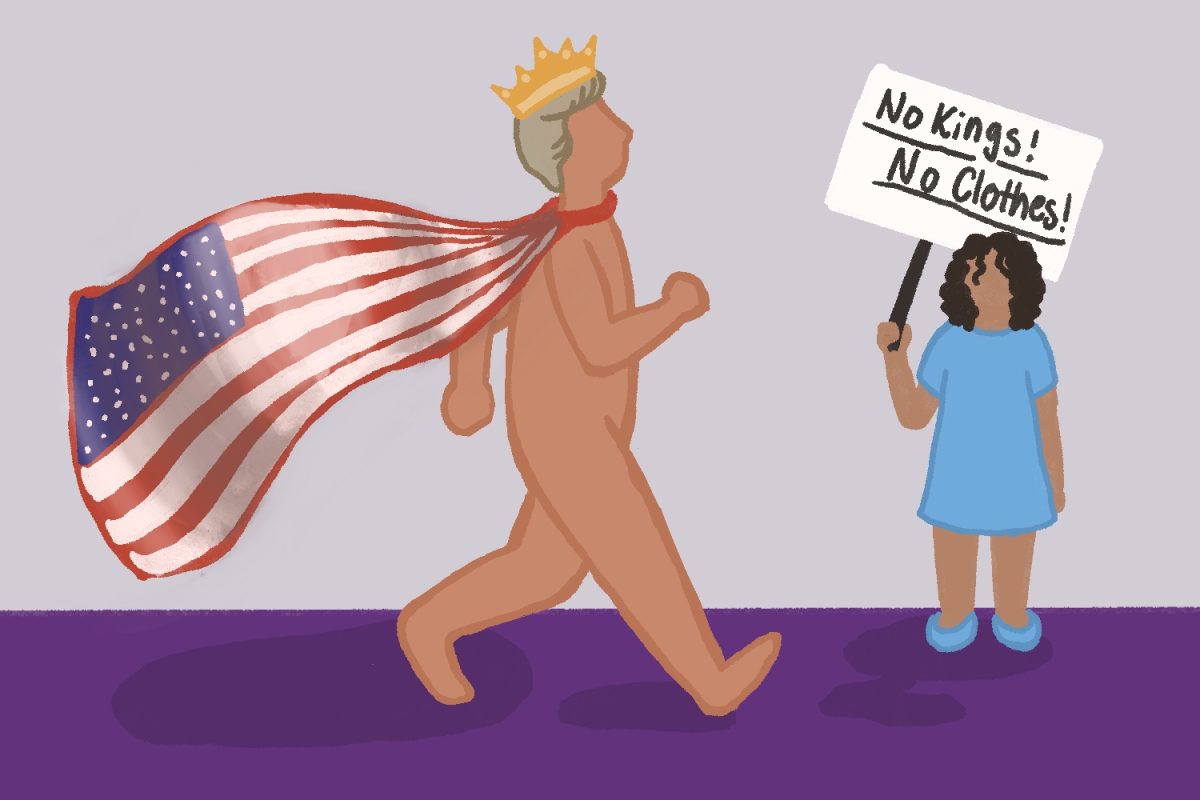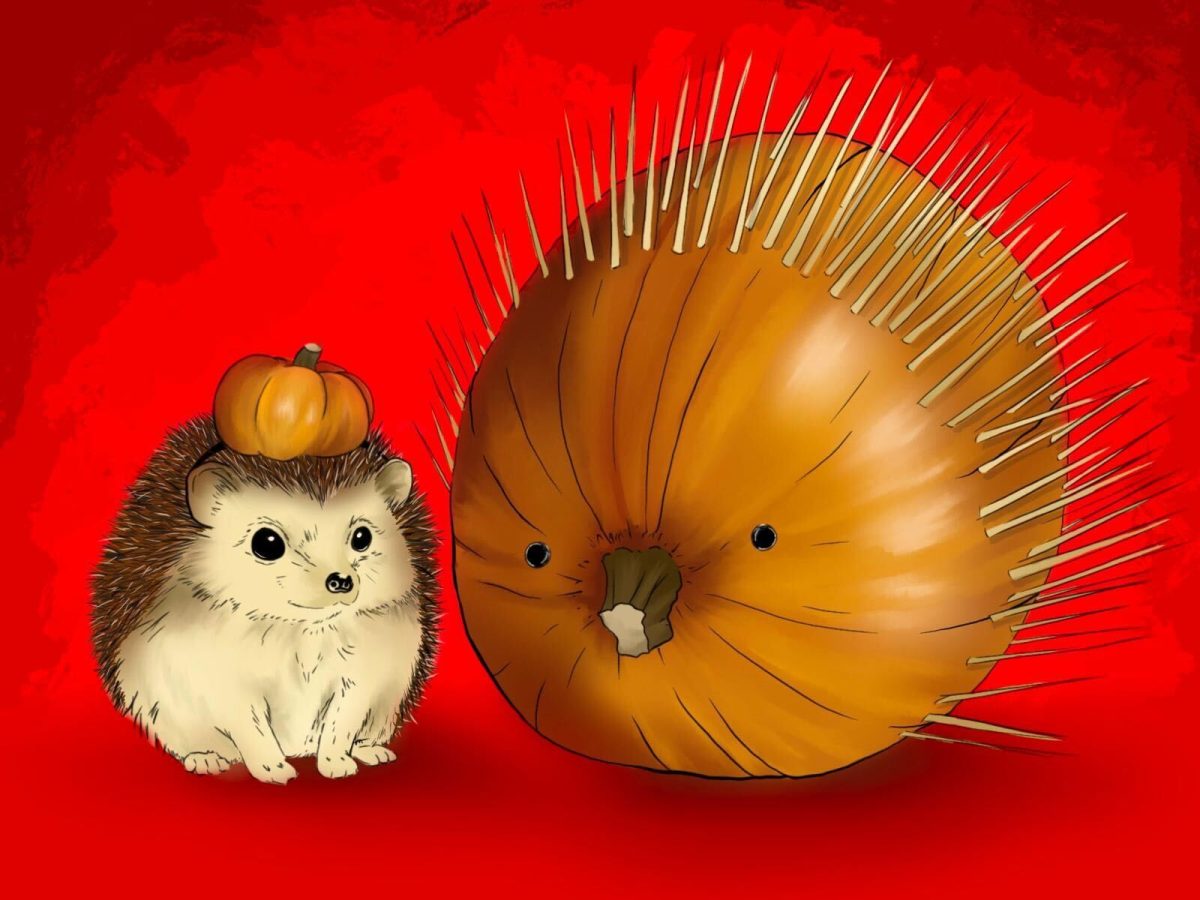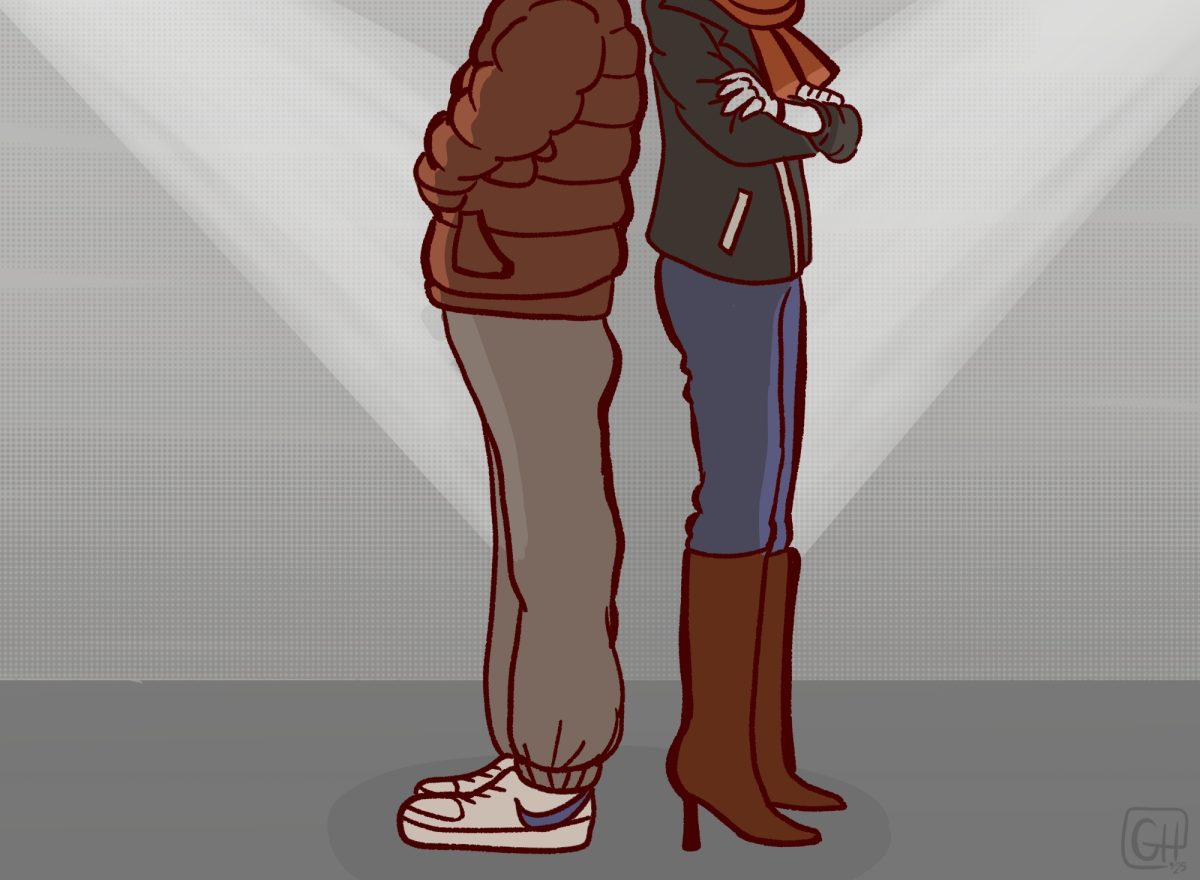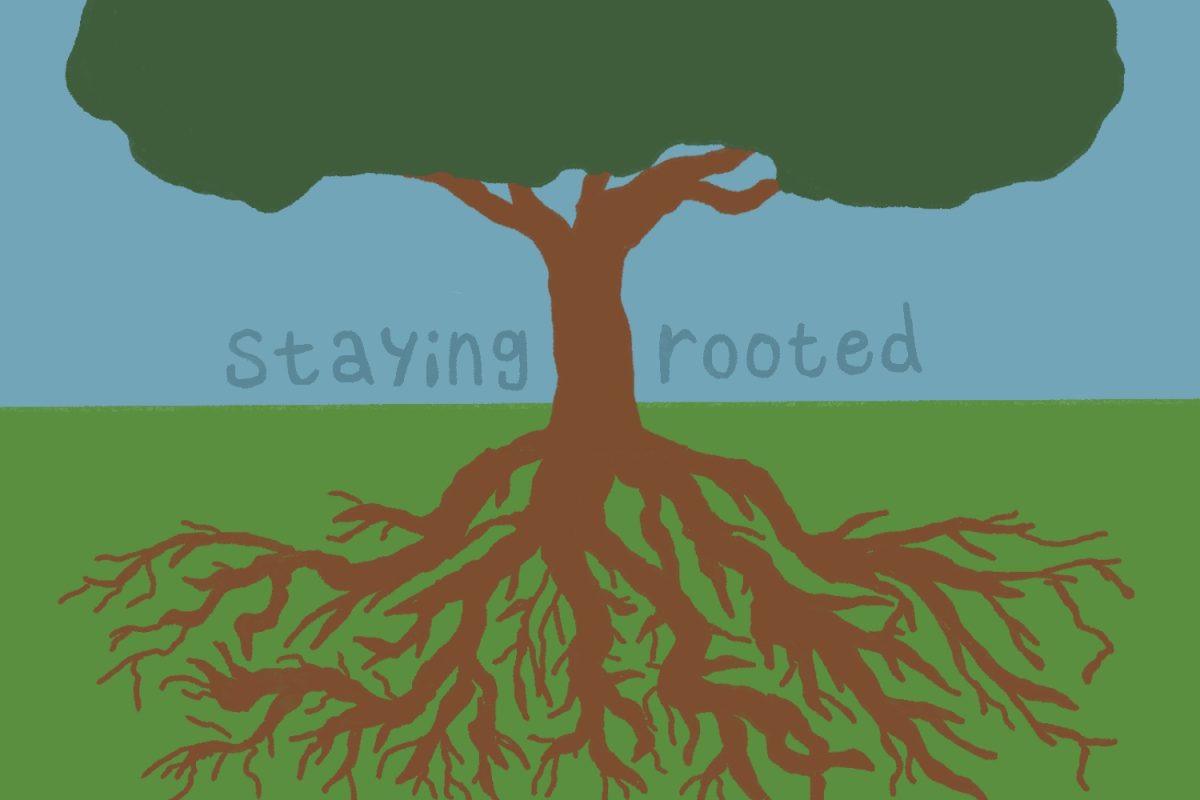She’s like a 60-year-old Xena. Extending her arm, she asks a passerby to try to push her down as hard as he can. With her hand limp with relaxation, Mark slowly and seemingly effortlessly, pushes her younger opponent’s arm up, overpowering him.
Teaching seven days a week from 8 a.m. to 8 p.m., Bow Sim Mark, a Tai Chi instructor at Boston University, is not only spry, but probably has more energy than most of her students.
What is her secret to having unlimited energy?
With a slow smile she answers her own question — wushu, the ancient art of wu-dang swordplay, the softer-counterpart to kung fu.
Mark is finding there is more interest in her craft these days since the Oscar-nominated movie, “Crouching Tiger, Hidden Dragon,” was released. The movie features the fast-paced yet elegant swordplay and has recently gained wide-spread recognition.
However, wu-dang was a strong cultural force in Mark’s life long before “Crouching Tiger.”
“Wu-dang is from the inside,” Mark says. “Outside it looks very soft, gentle and elegant. The power is inside.”
Mark explains that kung fu and wu-dang stem from the same root, the art of wushu. While kung fu is a more external, fast-moving exercise, wu-dang uses the same amount of energy and power, yet it is more focused and slow.
And the nimble 60-year old, Mark, is proud to claim credit for both achievements.
“I was the first ever to use wushu to build a school,” she says. “And the first ever to use the wushu technique to tell a story.”
Mark’s enthusiasm for her prominence in the field is endearing. The small woman is eager to jump to her feet and swing her arms in the deliberate wu-dang fashion in order to illustrate her style.
“Wushu is very rich and has so many styles,” she says. “Hard weapon, soft weapon. Each movement [can be used] for sport, for health, for self-defense and it still looks elegant.”
One of the benefits of wushu is its ageless quality, Mark says. Anyone can learn it at any time and continue to practice it into old age.
“I use it to keep my health,” Mark says. “After every performance and practice you feel your skin is different.
Despite the several books she has published on the topic and the kung fu magazines she has been on the cover of, there was a time when Mark was just a pupil herself.
Originally from Canton, China, Mark began her career of wushu swordplay when she entered into the Wushu Association as a child and later studied under a “very special master.”
Mark is not only a wushu master, but a pioneer in the art as well. While working at a Dancing Theatre, she had the idea to integrate swordplay and dance, yielding a type of wushu theatre. “Nobody said I can do it, but I think I can do it,” she says. “Now many dancers come to me to learn [wushu]. They use it to enrich their performances.”
Recently, Mark traveled to China with several of her students to perform at an international festival of Chinese martial arts. Mark and her students were the only Americans invited, making their performance all the more intense.
“In China there is still no wushu theater,” Mark says. “They invited me [to perform in front of] over 8,000 people in Shanghai and it was on TV. China doesn’t [normally] invite people from the outside.”
The students that performed with Mark are among the many who are loyal to Mark’s teachings. Some study with her for a few years, others study with her for more than 20 years. Several of her students have moved on to become teachers themselves.
Among Mark’s most talented students are her own children.
Her son, whom she began training at age nine, is now a movie star in kung fu films and her daughter, who at age 12 competed in the first international wushu championship, representing America beat out competitors twice her age.
After her win, Mark’s daughter was offered movie roles, such as the one played by Michelle Yeoh, in “Crouching Tiger.” However, Mark declined the offers saying her daughter was too young.
While Mark enjoyed Yeoh’s work in “Crouching Tiger,” she did voice some criticism.
“Before she did the movie, she should have learned more [wu-dang],” Mark says. “[Her technique was] not that deep, not that powerful.”
And the master knows.
“I have the power to train movie stars,” she says. “I can lead a wushu team to China. Teaching is my hobby.”
However, Mark admits teaching was not her initial purpose. Slowly, through separate requests she began to teach full time. And for the past 15 years she has taught Tai-Chi at BU.
“Tai-Chi is just a little bit of it,” Mark says. “But there’s not enough time at BU.”
Because the art of wushu is so rich and multi-faceted, it is also time-consuming.
If a person begins to train full time, after three months they will have the basics down. However, Mark maintains the amount of time is not important, it is the quality of training that matters.
“In China you need almost a lifetime to learn,” Mark says. “Here, [people] don’t have the patience. Especially young people.”
Wushu is a different sort of physical activity than most Americans are familiar with.
“Some sports you hurt your leg or your knee,” Mark says. “Wu-dang can fix it. It is good for your circulation. I want more people to enjoy it so more people benefit and feel more energy.”
And Mark has used a lifetime to attest to the benefits of wushu and the wu-dang technique.
“Wushu comes from Taoism,” Mark says. “Toaism is really natural, not forced, energy. It is natural exercise.”











